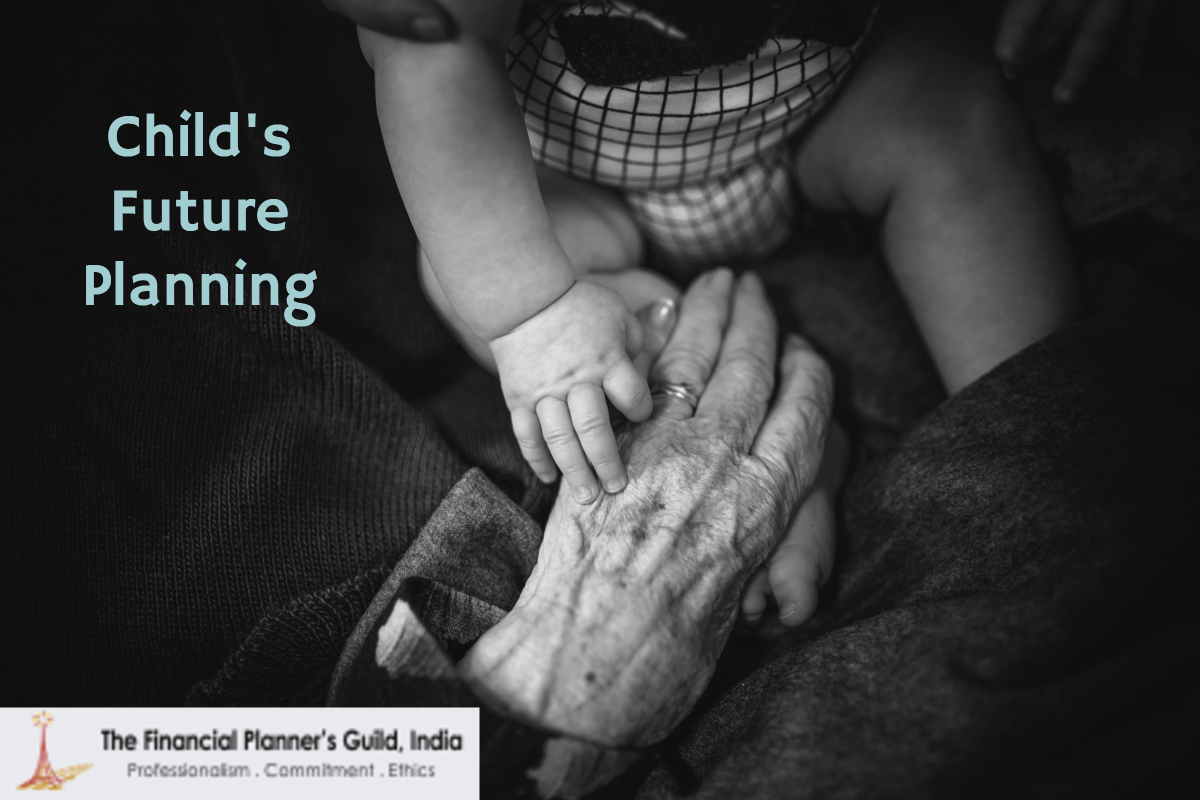
Prasad (42) works with Indian Railways as an engineer and his spouse Subhra (35) is a home maker. Prasad has all along been posted in project areas away from urban centres. They have two daughters Vaishna (11) and Vaidehi(5).They are staying in their official accommodation and have rented their owned flat. Besides the regular savings in EPF, PPF, NSC, KVP and Life Insurance policies, the surplus income has been invested in landed properties. They do not have exposures in equities and mutual funds. Their primary concern is education and marriage of both the daughters. They would like to go for vacations both in India and abroad. Prasad would like to take a plunge into business once the futures of both the daughters are taken care of. They also want a comfortable retired life.

Annual Income and expenses: (in Rs)
Investments (Current value in Rs)
Total 104.67 lakhs
Liabilities
Financial Goals
1. Vaishna’s Graduation in 2017 – Cost: 8 Lakh
2. Vaishna ’s Post Graduation in 2021 – Cost :6 lakhs
3. Vaidehi’s Graduation in 2024 – Cost : 8 Lakhs
4. Vaibhavi ’s Post Graduation in 2028 – Cost :6 lakhs
Marriage of Vaishna in 2025 –Cost: 10 lakhs
Marriage of Vaidehi in 2031 – Cost: 10 lakhs
Retirement Planning (Retirement in 2029)
Retirement benefits from EPF, Gratuity, Leave encashment and monthly pension can meet the target corpus with a shortfall of 16 lakhs which can be achieved by a monthly SIP of 2,000 in an Index fund.
Asset Allocation
The current asset allocation is heavily weighted in favour of investments in landed property (84%).The recommended exposures through SIP in equity and gold ETF will gradually shift the balance.
* Equity MF returns assumed at 12%
Recommendations
Emergency Fund:
Life Insurance, Accidental Insurance and TPD
Health Insurance
Vacation Planning
FPG India ©2024. All Rights Reserved.
Designed & Developed by W3M Technoz
Comments are closed.